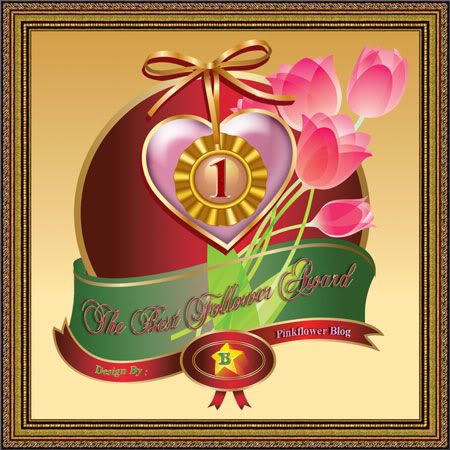How to convert .PDF to .Doc files?Simple question but it is very important to know. There are so many ways to change your downloaded files from the internet which format contain was PDF, into Microsoft Word Document that more familiar and for simple editing, or you have already downloaded the
Free Lesson Plan (RPP) and
Syllabus (Silabus) files from
this site but you don't know how to edit it because the files was in PDF formats.
Before we answer that question, let me remind you again about the definition of PDF itself.
Portable Document Format (PDF) is a file format created by Adobe Systems in 1993 for document exchange. PDF is used for representing two-dimensional documents in a manner independent of the application
software, hardware, and operating system.
Each PDF file encapsulates a complete description of a fixed-layout 2D document (and, with Acrobat 3D, embedded 3D documents) that includes the text, fonts, images, and 2D vector graphics which compose the documents.
And now, let me guide you on how to convert .PDF to .DOC with free and simple steps (there are 3 choices here, you can use one of them) :
Option 1 - Use the Adobe Acrobat Reader 7 Standard or ProfessionalYes, it's easy. With the PDF document open in Acrobat 7 Standard or Professional, choose File > Save As. In the Save As dialog box, choose Microsoft Word Document from the Format (Mac) or Type (Windows) pop-up menu. Then simply click the Save button, and open the document in Word for editing.To check or change the settings that Acrobat uses to convert PDF content to Word format, open Preferences (choose Acrobat > Preferences on the Mac or Edit > Preferences in Windows) and choose Convert From PDF from the list of Categories on the left side of the dialog box. Then choose Microsoft Word Document from the Converting From PDF scrollable list. The window at right shows you how Acrobat will handle the conversion, including whether it will include comments, preserve columns and downsample images. To change these settings, click the Edit Settings button. (Alternatively, you can change these settings when you convert any given document by clicking the Settings button in the Save As dialog box.)The conversion may not be perfect, depending on factors such as the complexity of the layout, and whether you have the document's fonts on your system. For simple business documents, Acrobat's Save As command does a decent job of converting to Word. Download Adobe Acrobat Reader 7Option 2 - Use Free PDF to Word Document Converter SoftwareHow to edit PDF files without purchasing an expensive PDF editor? How to extract text/images from PDF files? What you need is a PDF to Word Converter.Free PDF to Word Doc Converter is such a desktop document conversion tool to convert Adobe PDF file to Mcirosoft Word Doc file - and it's totally for FREE!The program can extract text, images, shapes from PDF file to Word Doc file and preserve the layout. It can convert all the pages, or any pages range of the PDF file.And it is a standalone program - you can convert PDF to Word Doc without Adobe Acrobat Reader or Microsoft Word installed!
Download PDF to Word Document ConverterOption 3 - Use Convert .PDF to .Doc OnlineUsing PDF-to-Word conversion technology, you can quickly and easily create editable DOC/RTF files, making it a cinch to re-use PDF content in applications like Microsoft Word, Excel, OpenOffice, and WordPerfect.Best of all, it's entirely free!The simple steps:1. Click Converter Website here2. Select PDF file to convert, browse to your computer.3. Select output file format (.doc or .RTF)4. Insert your email address to receive the file5. Click "Convert" and open you email inbox.And many more ways to convert your pdf files to doc files, have a nice try, and good luck!


